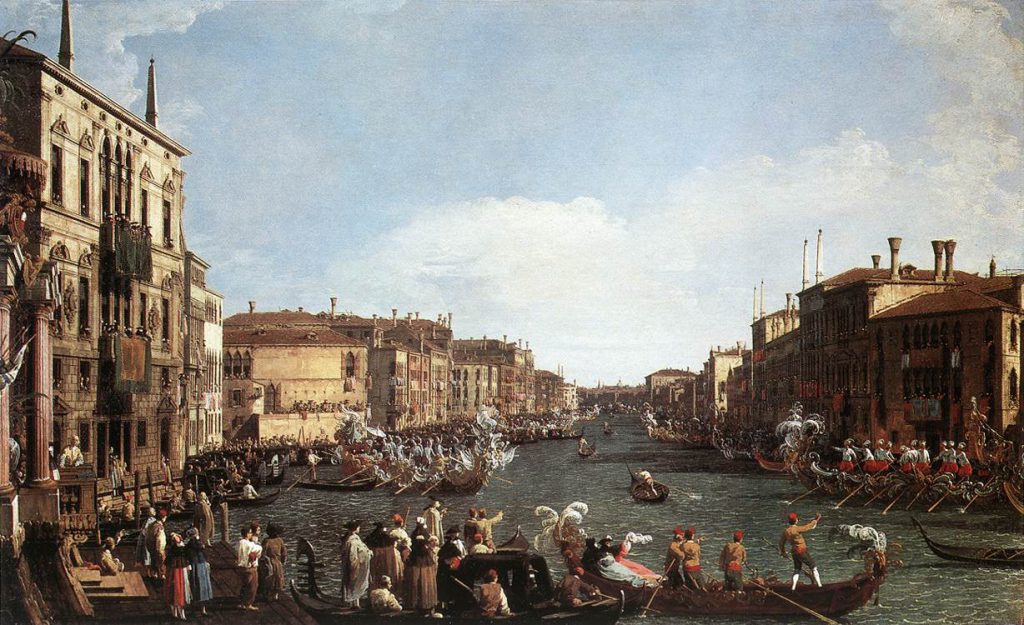1. SHAPE
Shapes in paintings and photography are 2D, though in photography you can visualise easier the 3D form of the objects.
We have positive space which are the shapes of the objects and negative space which is the area between objects.
We refer to shapes mostly by the use of 2D geometrical shapes (circle, rectangle, etc) or organic (natural) shapes.
Geometrical shapes
Geometrical shapes are regular shapes, with easily identifiable lines and angles.An important criteria in photography - considering the angle that you are shooting from - how a geometrical object can change its shape.
Here is a geometrical object (regular form) and the effect of changing the angle:
Piet Mondrian show us in the painting a birds-eye view of streets and traffic in New York - this would practically translate into a flatlay photography:
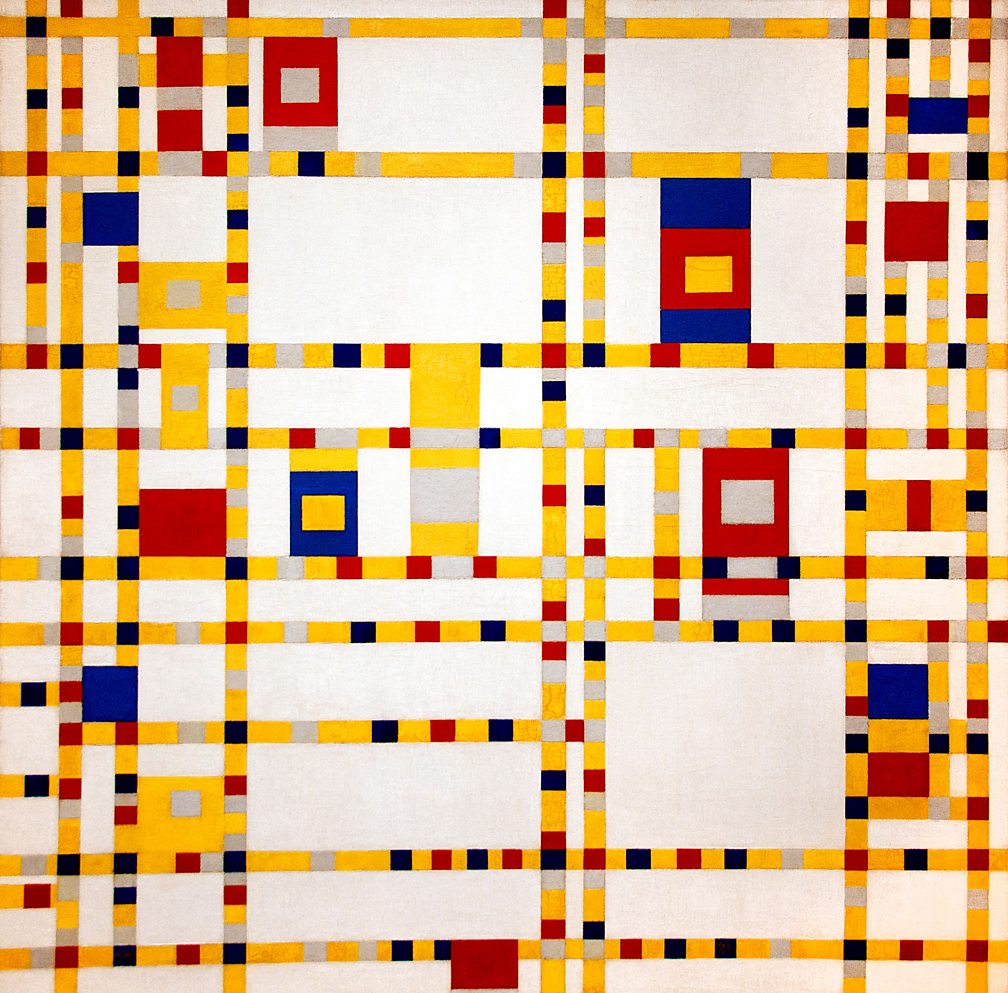
-----------------------------------------------------------------------------------------------------------------------------------------------------------------------------------------------------------------------------------------------------------
The Cubist movement translated natural shapes into geometrical ones. Pablo Picasso is probably the most-renowned painter for both portraits and landscape paintings:
-----------------------------------------------------------------------------------------------------------------------------------------------------------------------------------------------------------------------------------------------------------
Organic shapes
You can find most of the organic shapes in still life, portrait and landscape painting and photography.
The Pre-Raphaelite group of artists tried to reproduce the environment as realistic as they could (looking almost like a photography).
Lots of organic shapes were used in Art Nouveau paintings, with curving lines and shapes, creating a flowing and organic composition.
Kate E. Bunce reproduced the subjects as in reality :
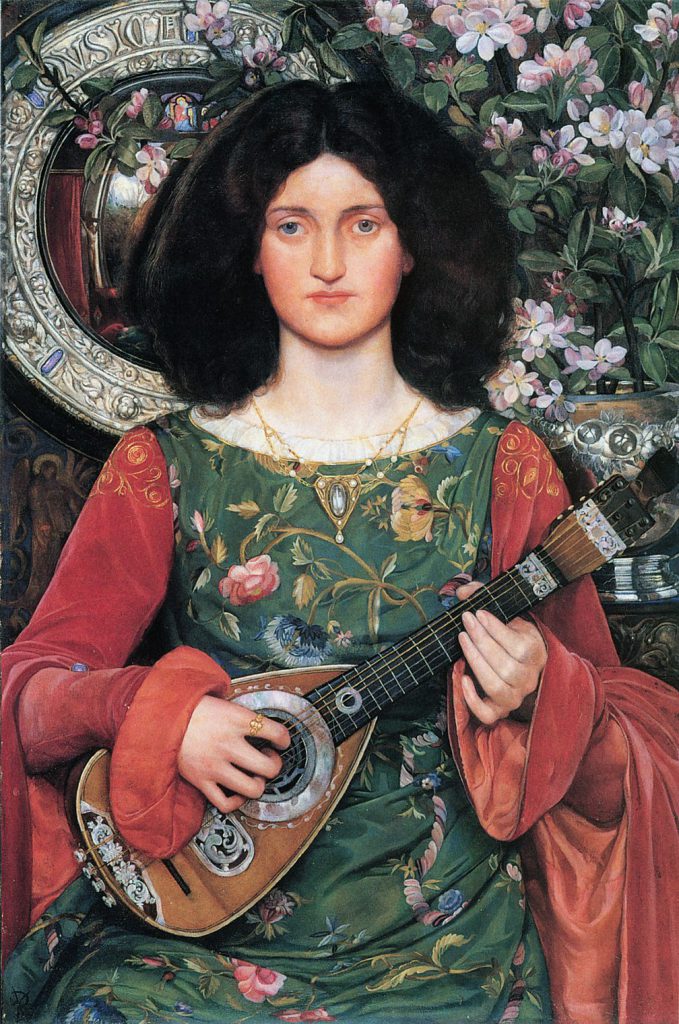
When shooting in flatlay style, most organic and geometrical shapes will behave as geometrical shapes, while when shooting vignette style (a specifc angle), these will keep the same original form.
----------------------------------------------------------------------------------------------------------------------------------------------------------------------------------------------------------------------------------------------------
2. FORM
In art we have 3D forms (sculptures), while in photography we will try to recreate the 3D forms with the help of the light or the shades.
This will become implied forms, which you can visualize or imagine, helped by how the light is hitting an object.
Same as for shape, we work with geometrical or organic forms as elements of our composition.
Here below is a still life photography and one painting by Peter Horee;
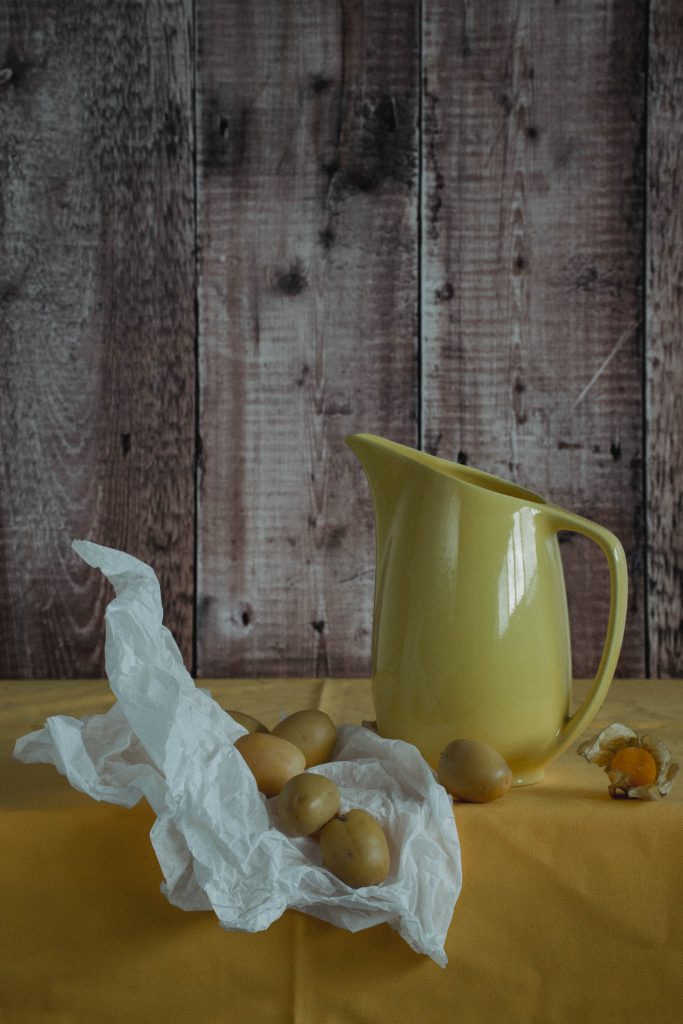
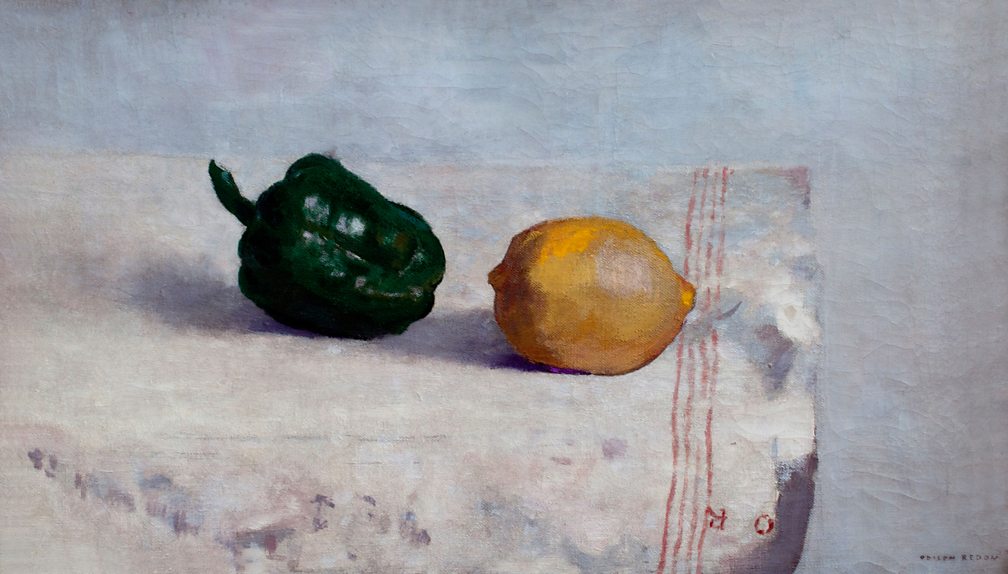
Food, still life and product photography combines probably best geometrical with organic shapes.
Forms have a mass and its given by the material it is made from and the size.
In art as well as in photography, you work with perceived mass - how heavy or light it looks, and this given by texture, colour, with little or more of negative space.
Also perceived mass results from how light is absorbed or reflected by the surface of the object - a darker one will suggest a heavy object.If the composition is monochromatic, it has the same effect, while a coloured composition with lots of patterns can make it feel lighter.
Diego Rivera shows how the size and the textures of the basket becomes a heavy subject in the painting:
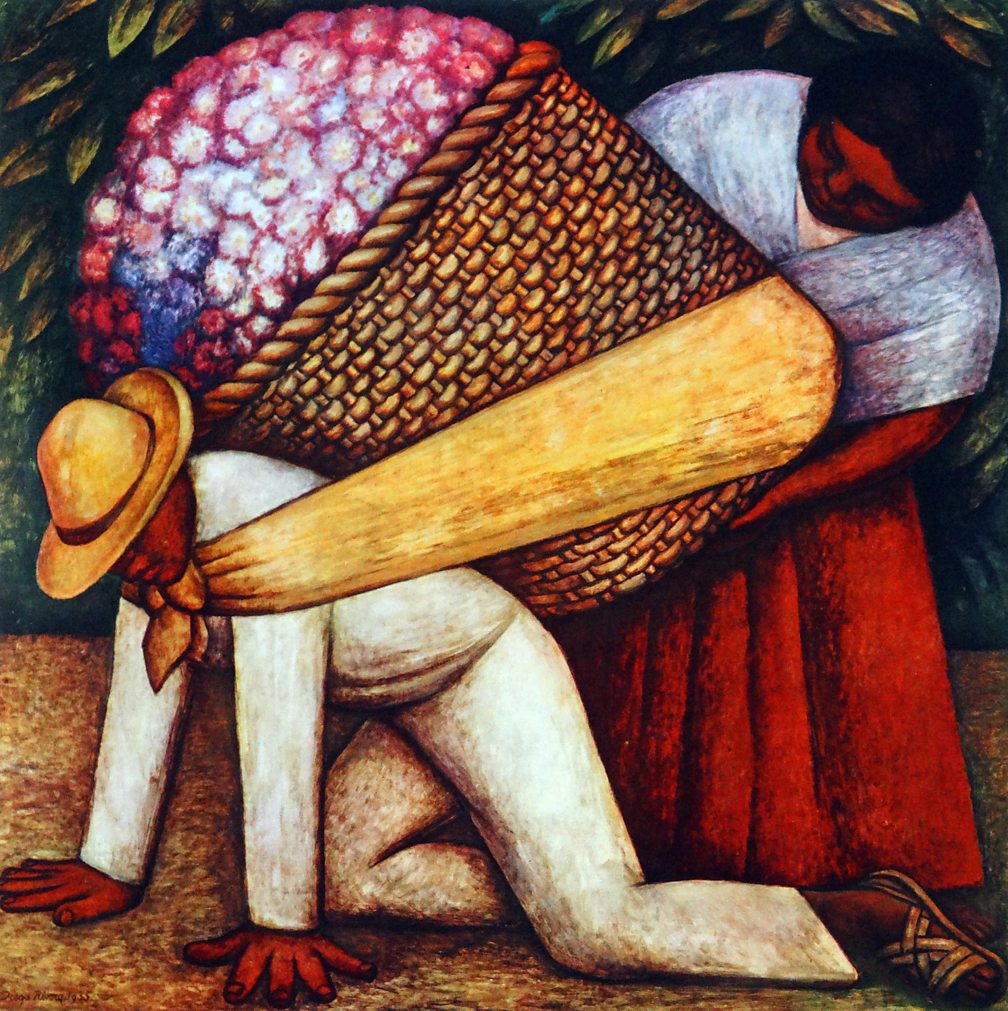
--------------------------------------------------------------------------------------------------------------------------------------------------------------------------------------------------------------------------------------------------
3. SPACE
Space relates to volume; objects take positive space and the areas between them becomes negative space.
When taking pictures of handmade items, these basically ocupy a real space, while we can also work with implied space.
In photography, we can make use of differenet techniques to create space.
Here are the samples used to suggest space:
- size: larger shapes appear to be closer and smaller look further away
- colour: cooler colours feel further away while vibrant appear closer
- overlapping: shapes that cover another shape seem closer
- placement: higher objects in a composition look further away
- perspective: objects with more details look closer, while ones with less detail look further away
Implied space
These techniques are used in many still life and landscape paintings, while in photography these are most used in food, still life, product and landscape photography.
Canalleto - A Regatta on the Grand Canal - space is implied through lots of techniques:
